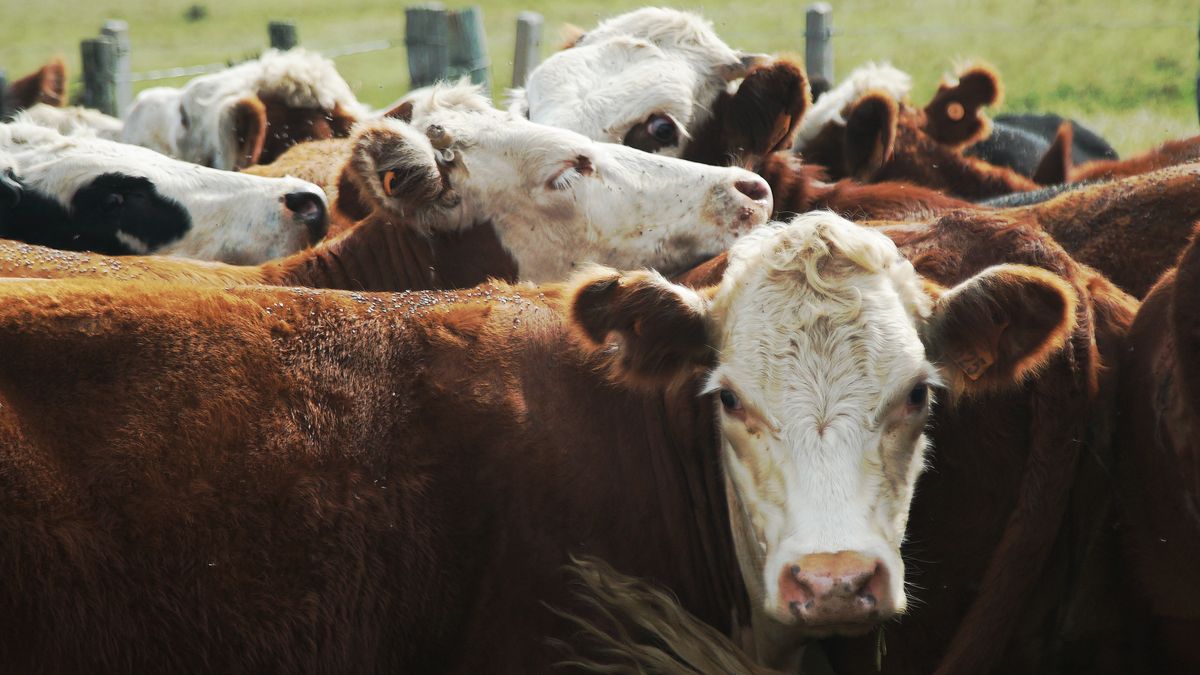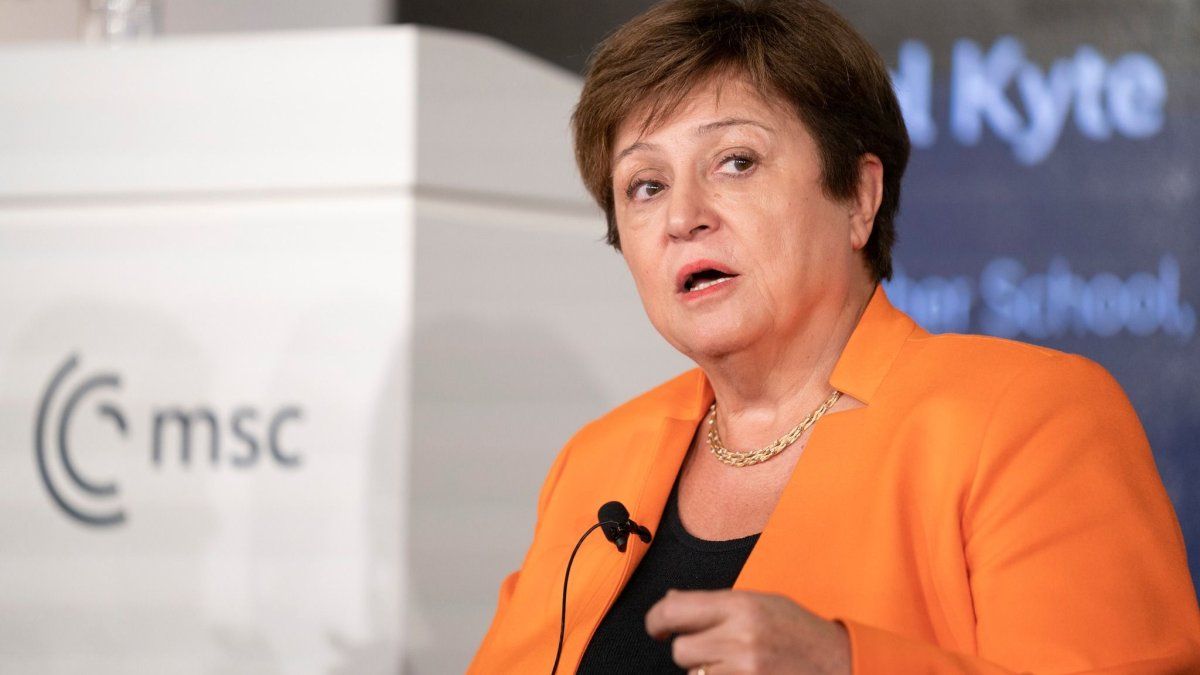The expectations regarding this year with the exports of cattle on foot are similar to those of last year, being Türkiye one of the main destinations and that will be operated by the government.
The director of Del Norte Agronegocios, Juan Pablo Helguera, spoke about expectations regarding live cattle exports this year. “It is a year that may be similar to the previous one in terms of volumes and the values will be formed with the market, but it is already a good prospect that the market opens with interesting volumes,” the director explained to Rurales TV.
In that sense, the director estimates that the operation would take place through the government and not through private parties. “When the government, operates on heavier calves or some steer to take to the corral or task”, explained the director who added that when the government directs the operation there is a good volume of cattle.
As to Türkiye, – the destination that took 93% of the imported animals -, the director announced that progress is being made with the formalities. “Permits are currently being negotiated, in the first three months of the year is when the government gives the permits, we believe that in mid-February we will have information.”
Live cattle exports increased by 272% in 2023
The export of live cattle from Uruguay increased by 272% during last year, in which almost 300,000 cattle were placed, mainly in Türkiyemeaning the highest figure since 2018, which was a record.
During 2023, shipments of live cattle totaled 298,510 head, an increase of almost 220,000 animals compared to 2022, and the most since the all-time record of 406,000 in 2018.
According to Tardáguila Agromercados, these sales brought the country a foreign exchange income of 245 million dollars, from an average value of 822 dollars per head.
In addition to the notable differences in the quantities shipped, there were also differences in the categories and destinations. In 2023, 93% of animals set sail for Türkiyeas it had been during 2017 and 2018, while, in 2022, China had monopolized 47% of the heads shipped, when Türkiye it did so only 30%.
Regarding categories, in 2022, 54% of exports were destined for reproduction, where 47% of them were females, with a vast majority of dairy and butcher calves and heifers shipped to China. In 2023, 95% of what was shipped Türkiyesome 250,000 calves, were destined for fattening.
At the end of 2023, Federico Di Santidirector of the agricultural business firm Di Santi Ltda., told Valor Added that there was “a certain expectation” among local producers due to the recovery of Chinese demand.
“The Chinese are buying much less quantity than they did at other times,” he pointed out. Di Santi who completed two exports to the Asian giant during 2023. However, he maintained that the conversations with Chinese importers “make them optimistic about making new shipments in the future.
Source: Ambito




